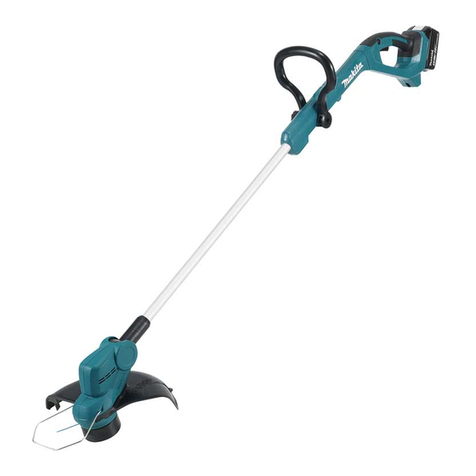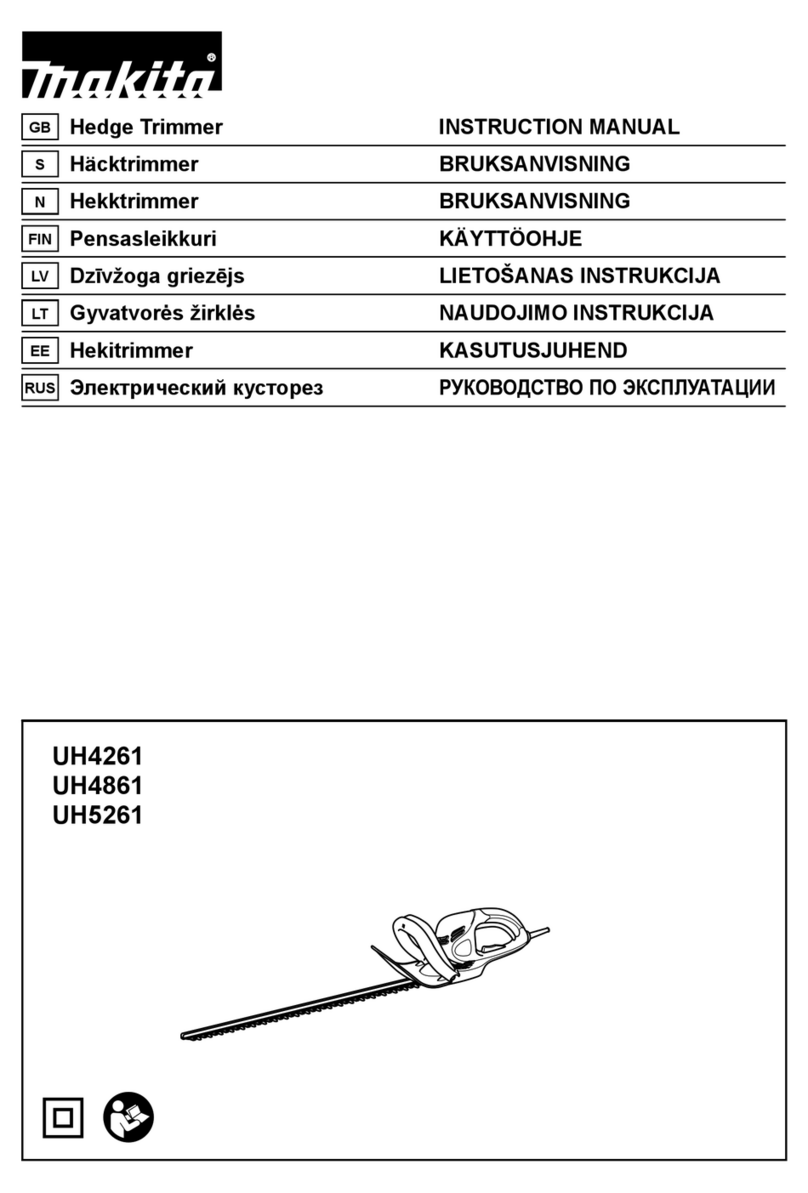Makita RT0700C User manual
Other Makita Trimmer manuals

Makita
Makita 3701 User manual
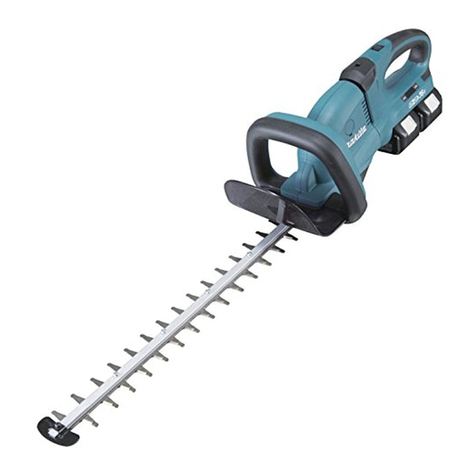
Makita
Makita DUH551RF2 User manual
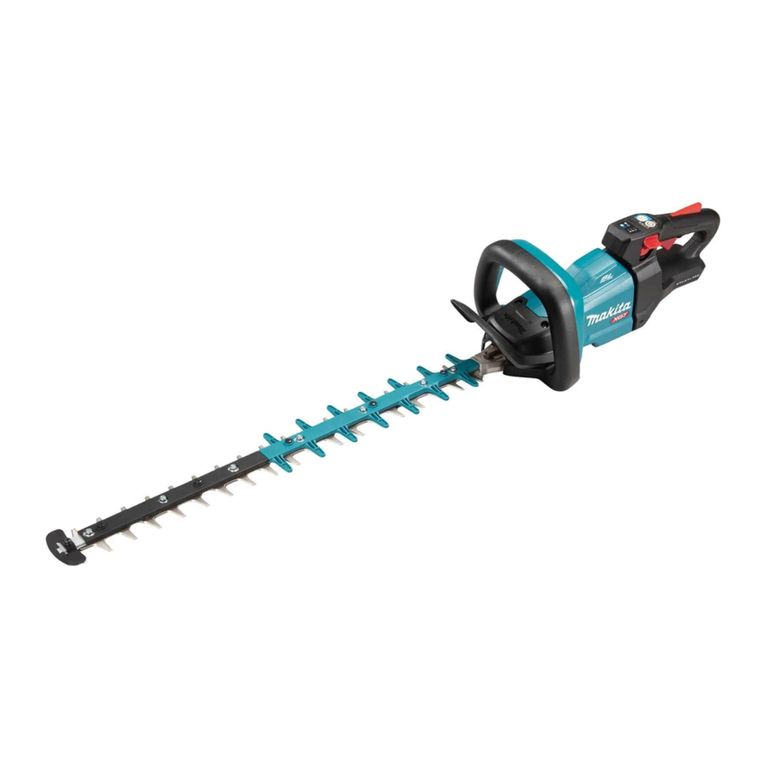
Makita
Makita UH004G User manual
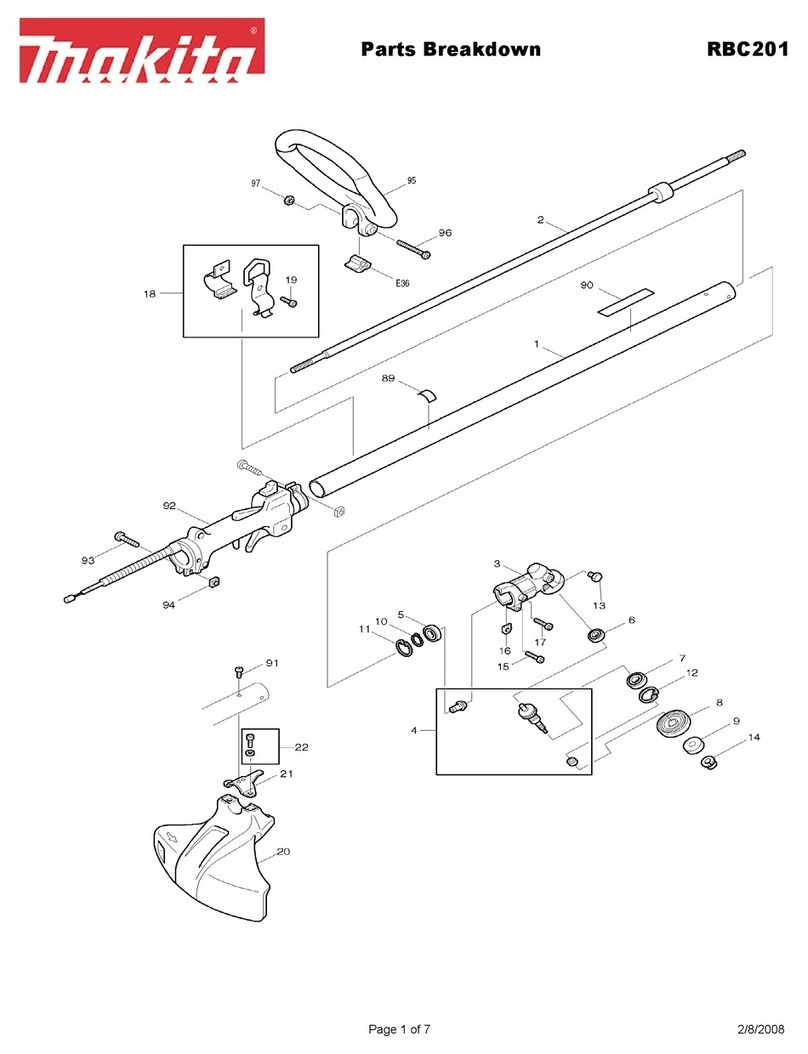
Makita
Makita RBC201 Quick start guide
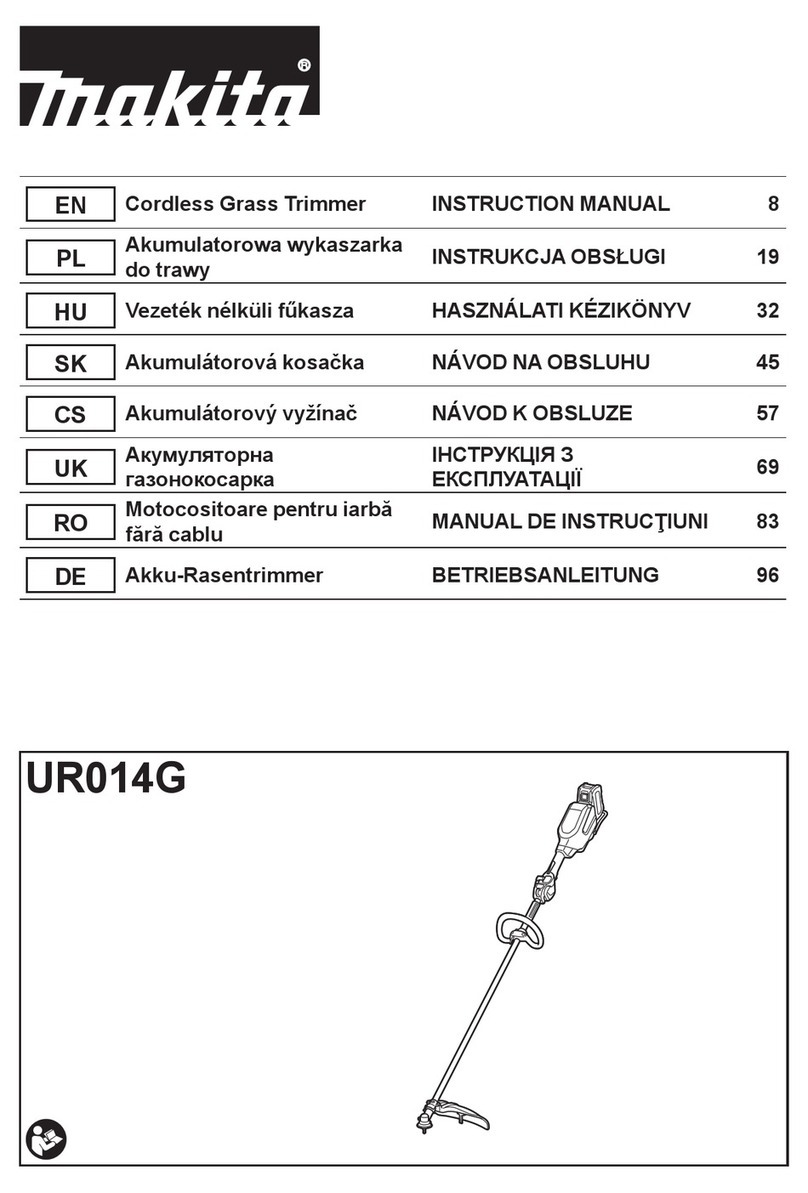
Makita
Makita UR014G User manual
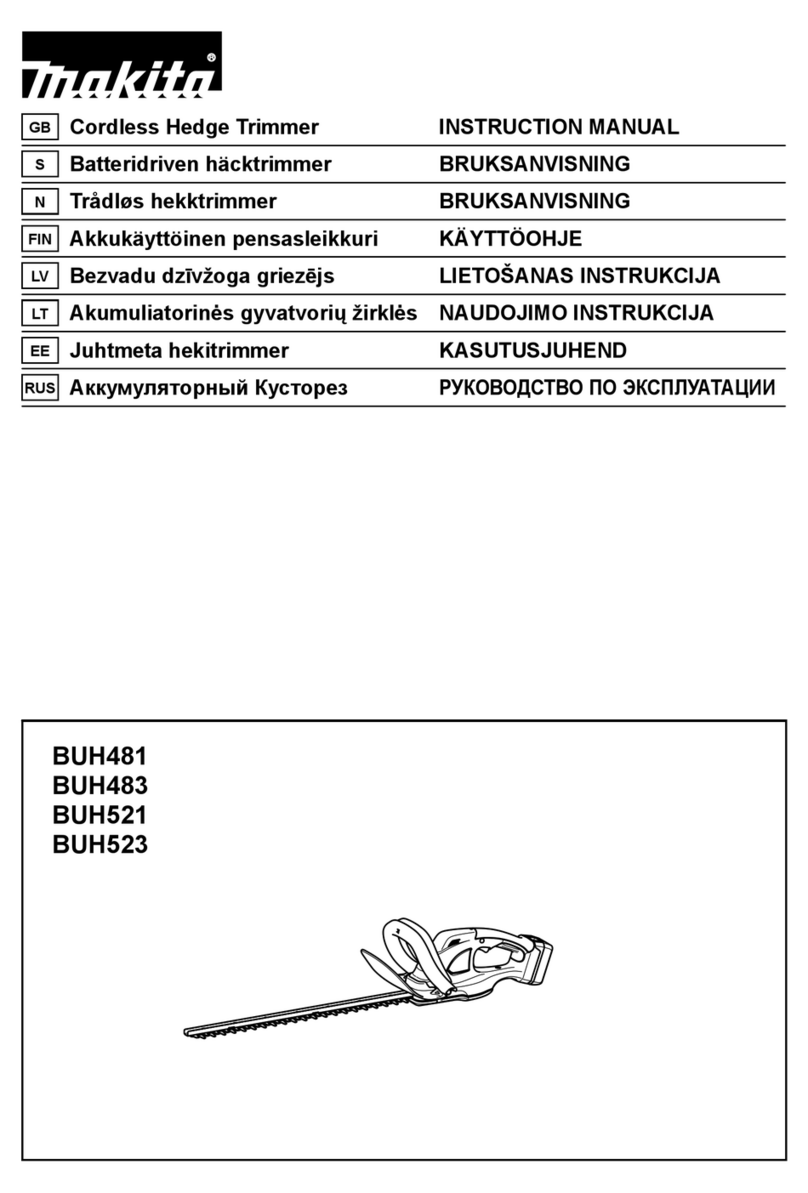
Makita
Makita BUH481 User manual

Makita
Makita EM2653LH User guide
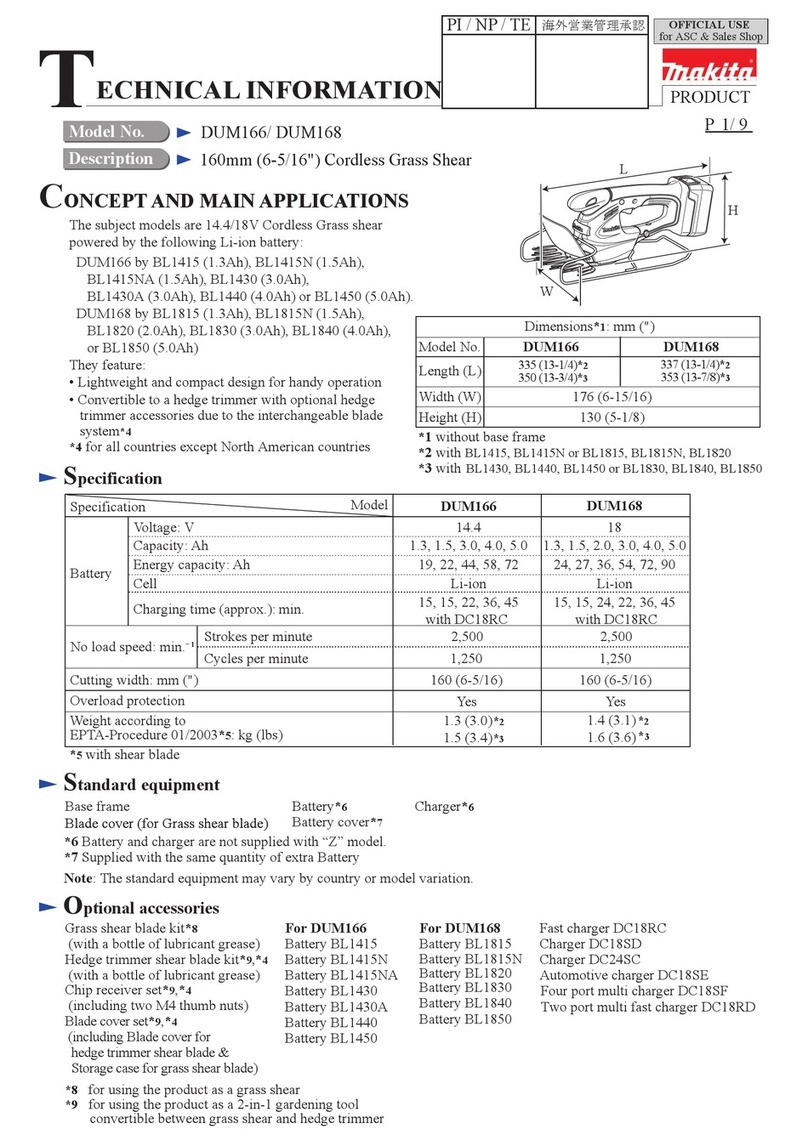
Makita
Makita DUM166 Manual
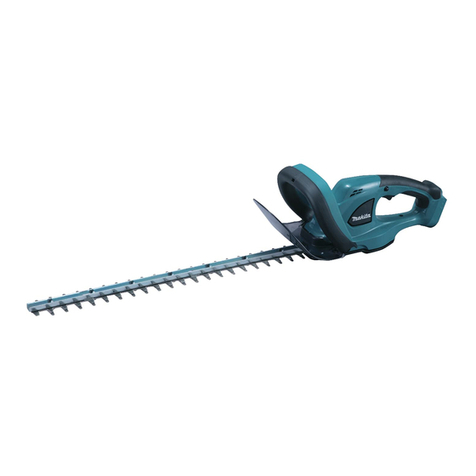
Makita
Makita DUH481 User manual

Makita
Makita 3705 User manual
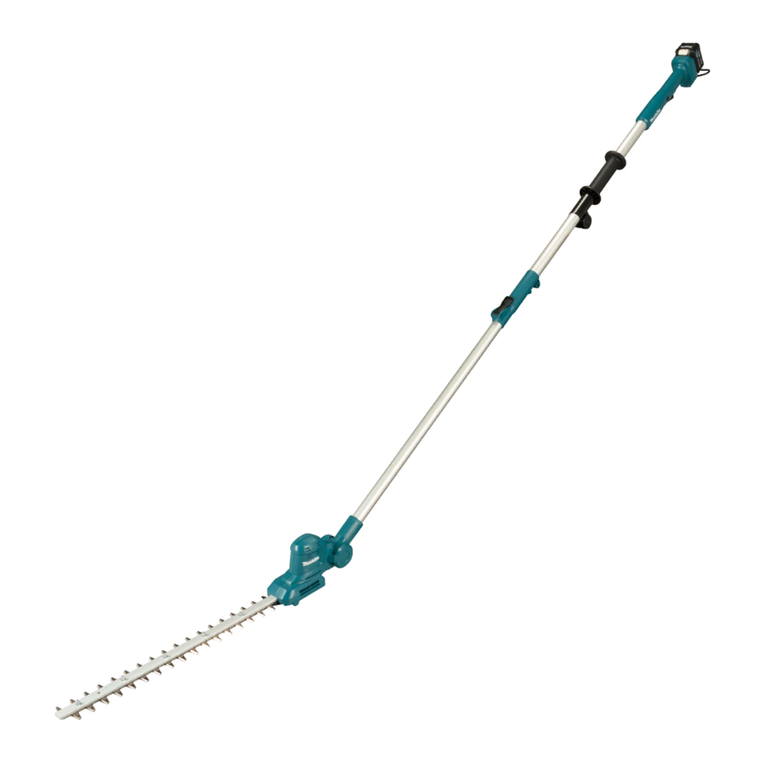
Makita
Makita UN460WD User manual
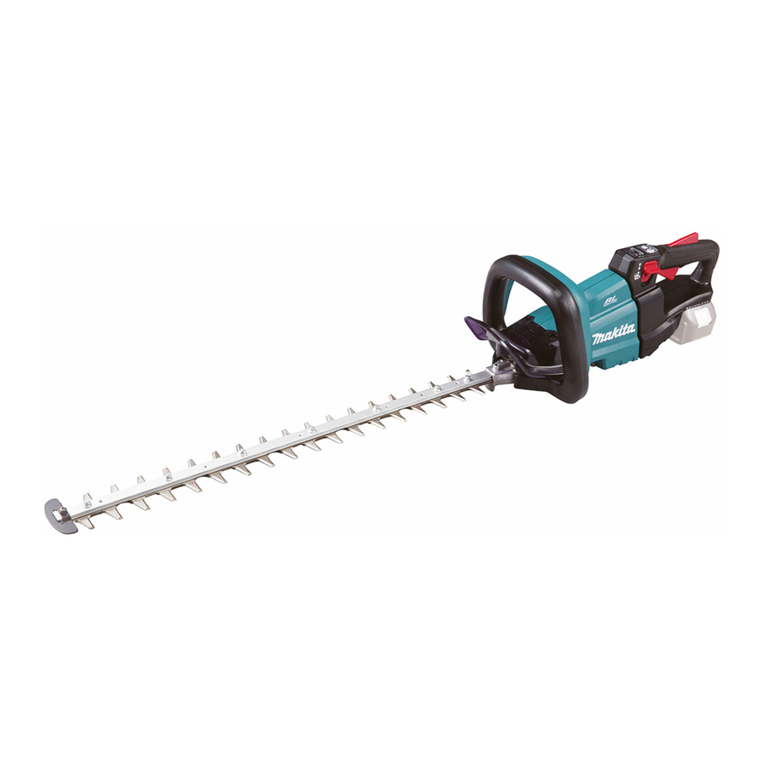
Makita
Makita DUH501 User manual
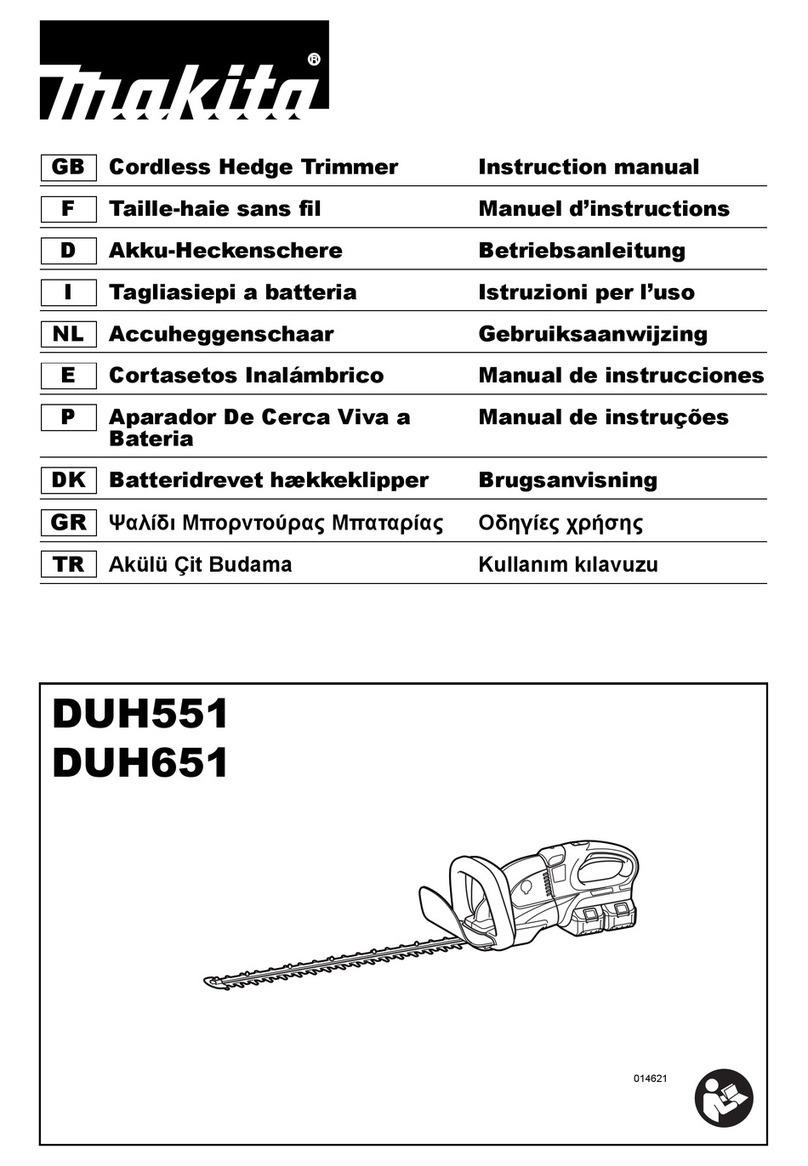
Makita
Makita DUH551 User manual
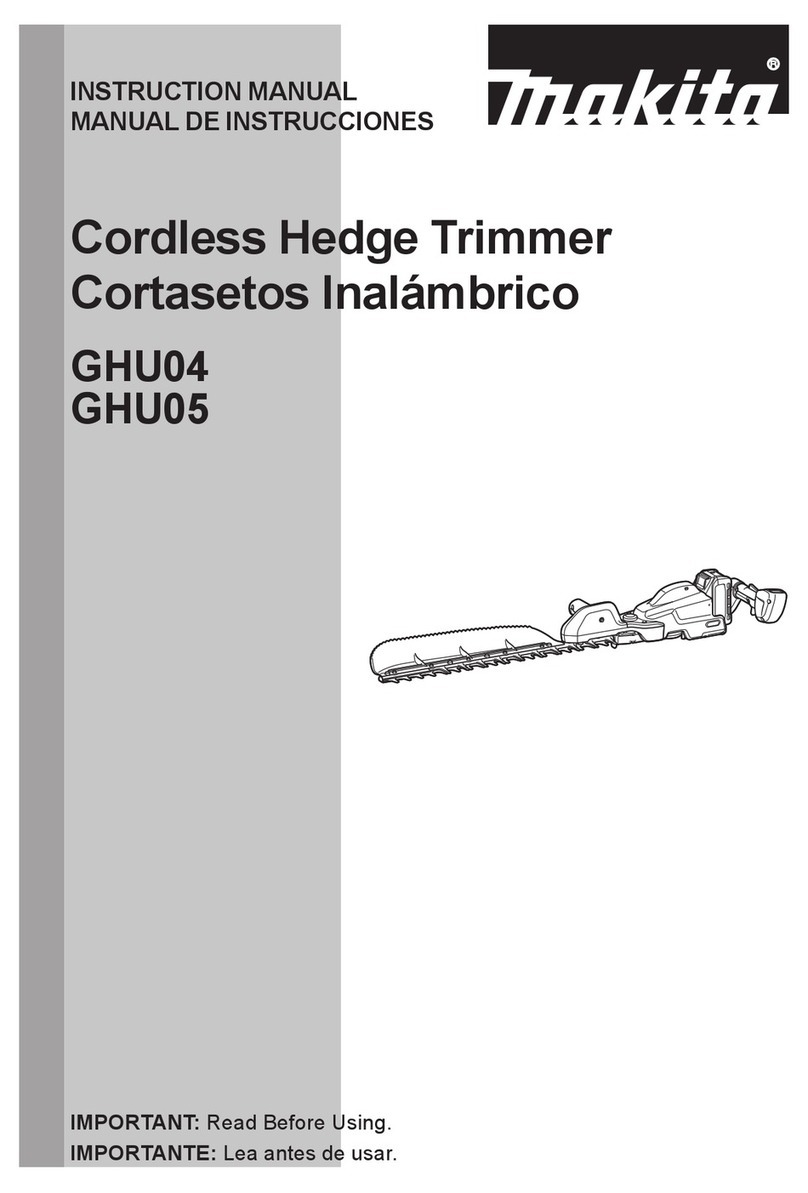
Makita
Makita GHU04 User manual
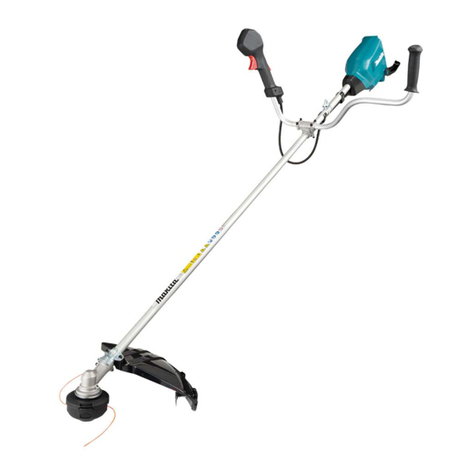
Makita
Makita DUR369APT2 User manual
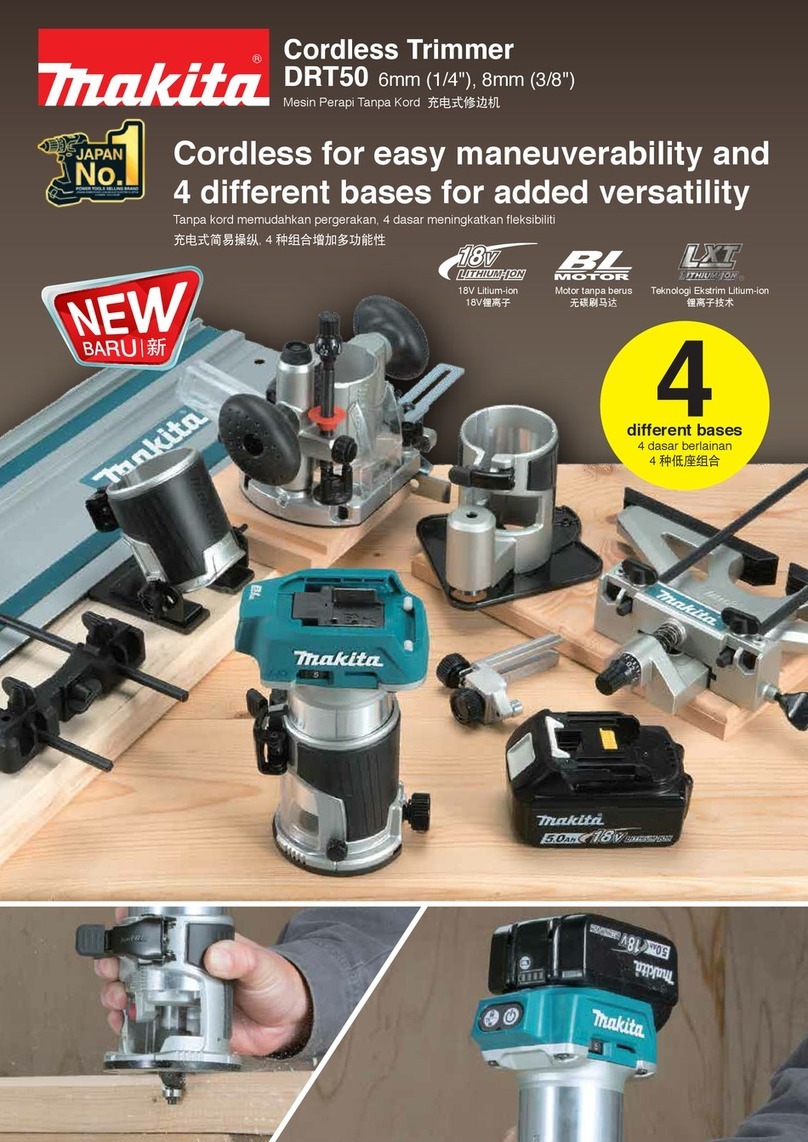
Makita
Makita DRT50 User manual
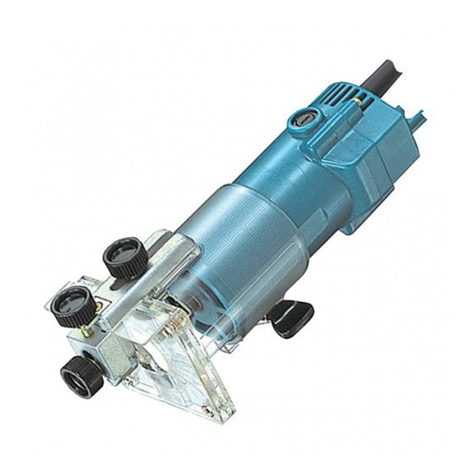
Makita
Makita 3703 User manual
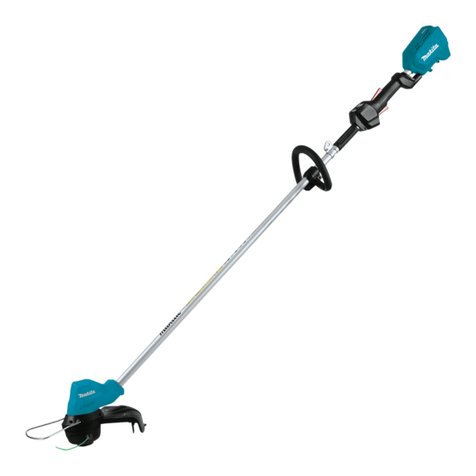
Makita
Makita XRU12 User manual
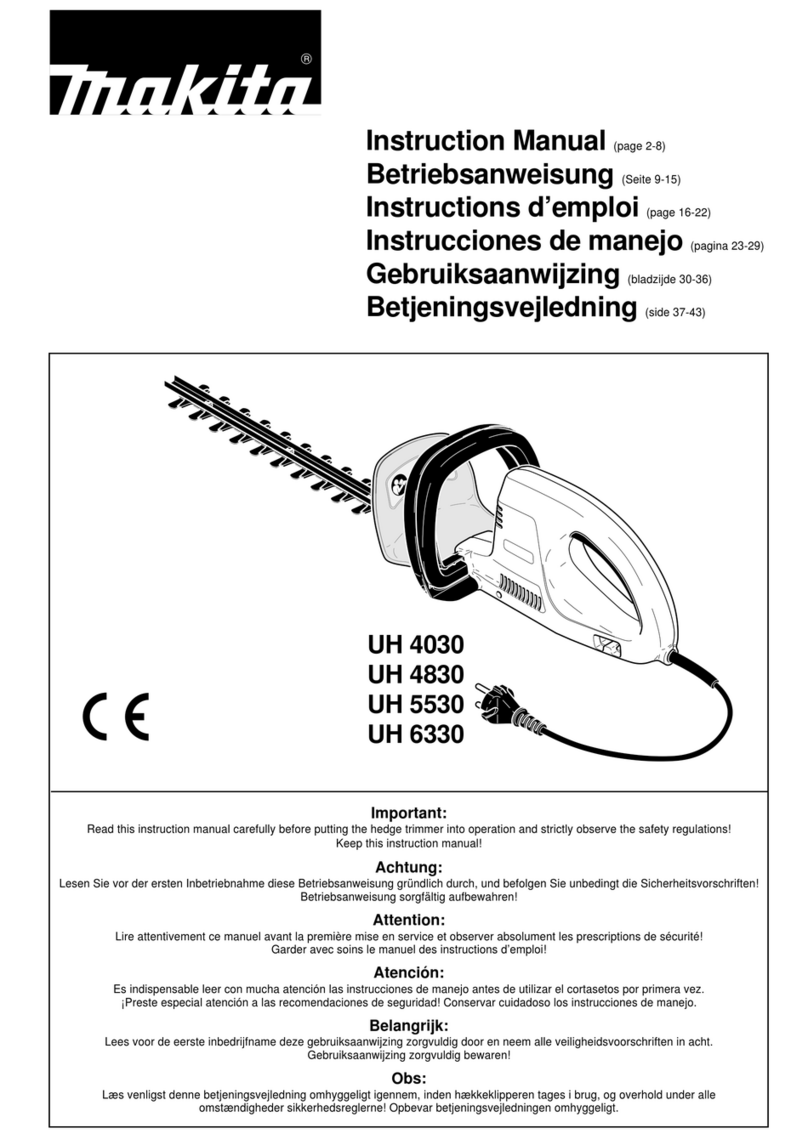
Makita
Makita UH 4030 User manual
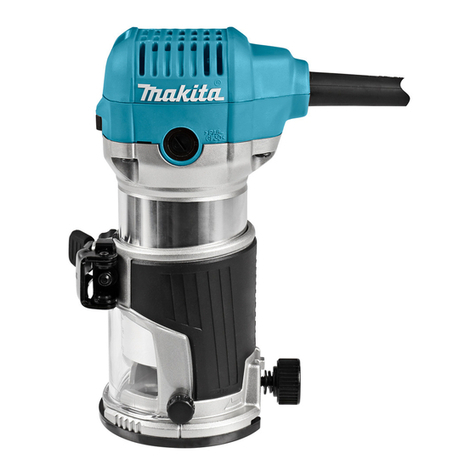
Makita
Makita RT0702C User manual
